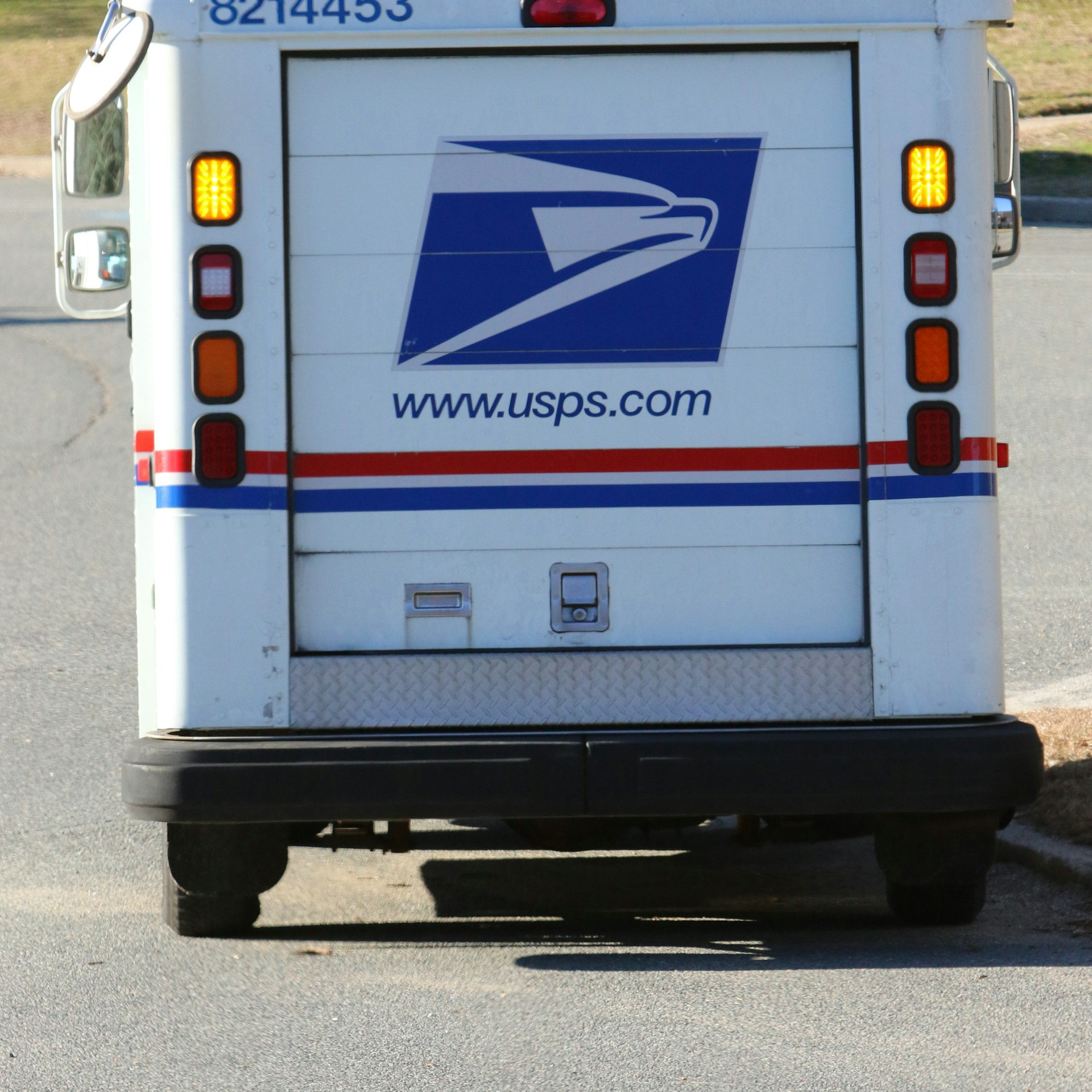Key Takeaways
- The Postal Service Reform Act (PSRA) and the Postal Service Health Benefits (PSHB) program are set to reshape health benefits for postal employees and retirees, offering significant changes to existing coverage.
- Understanding the key elements of the PSHB and its implications on your health benefits is essential for making informed decisions about your future healthcare needs.
The Postal Service Reform Act and PSHB: What It Means for Your Health Benefits
The Postal Service Reform Act (PSRA), signed into law on April 6, 2022, represents a landmark shift in how health benefits are managed for postal employees and retirees. One of the most significant outcomes of this legislation is the establishment of the Postal Service Health Benefits (PSHB) program, set to launch in January 2025. This program is designed to integrate postal employees and retirees into a new health benefits system, affecting how they access healthcare and the coverage options available to them. As these changes approach, it’s important to understand what the PSHB entails and how it will impact your health benefits.
Understanding the Postal Service Reform Act (PSRA)
The Postal Service Reform Act was introduced to address the financial challenges facing the United States Postal Service (USPS). For years, USPS has struggled with mounting debts and an outdated business model, prompting Congress to take action. The PSRA was designed to provide financial relief to USPS while also modernizing its operations to ensure long-term sustainability. One of the critical components of the PSRA is the overhaul of the health benefits system for postal workers and retirees, leading to the creation of the PSHB program.
The Shift to Postal Service Health Benefits (PSHB)
Starting in January 2025, all postal employees and retirees will transition to the Postal Service Health Benefits program. This new program will operate under the umbrella of the Federal Employees Health Benefits (FEHB) program but will be distinct in its structure and offerings. The transition to PSHB is mandatory for all current and retired postal employees, meaning they will no longer have the option to remain in their current FEHB plans after the change takes effect.
The PSHB program is specifically tailored to meet the needs of postal employees and retirees, offering plans that are designed with their unique health needs in mind. The goal is to provide comprehensive and affordable healthcare coverage that aligns with the current and future demands of this workforce. This shift is expected to streamline the healthcare process for postal employees, ensuring they have access to quality care while also addressing the financial burdens that have plagued the USPS.
How Will PSHB Affect Your Health Benefits?
For those currently enrolled in the FEHB program, the transition to PSHB will bring several changes. One of the most significant differences will be the structure of the health plans offered under PSHB. While the specifics of the plans have yet to be fully detailed, it is anticipated that they will offer similar coverage options to those currently available under FEHB but with adjustments to better cater to the postal workforce.
Coverage Continuity and Choices
One of the primary concerns for postal employees and retirees is the continuity of coverage. Under PSHB, there will be a selection of plans available, similar to the choices currently offered under FEHB. However, these plans will be designed specifically for postal workers, potentially offering more tailored options that reflect the specific health needs of this group.
For example, PSHB plans may include features that address common occupational health issues faced by postal workers, such as musculoskeletal conditions from repetitive physical tasks or cardiovascular issues linked to the demands of the job. Additionally, the PSHB program is expected to offer plans with varying levels of coverage and premiums, allowing individuals to choose a plan that best fits their healthcare needs and financial situation.
Integration with Medicare
Another important aspect of the PSHB program is its integration with Medicare for retirees. Beginning in 2025, postal retirees who are 65 or older and enrolled in Medicare Part A and Part B will be required to enroll in a PSHB plan that integrates with their Medicare coverage. This change is designed to reduce the overall cost of health benefits for the USPS by coordinating coverage between Medicare and PSHB, ensuring that retirees have access to comprehensive care while also controlling costs.
For retirees who are not yet eligible for Medicare, PSHB plans will provide primary coverage until they reach the age of 65. At that point, they will transition to a PSHB plan that integrates with Medicare. This integration is intended to provide seamless coverage for retirees, minimizing gaps in care and ensuring that healthcare costs remain manageable.
Preparing for the Transition to PSHB
With the January 2025 deadline approaching, it’s crucial for postal employees and retirees to begin preparing for the transition to PSHB. This preparation involves understanding the new program, evaluating current health needs, and exploring the PSHB plans that will be available. Here are some steps to consider as you prepare for this significant change:
Assess Your Current Health Needs
Before the transition takes place, take the time to assess your current health needs and how they may change in the coming years. Consider factors such as chronic conditions, prescription medications, and any upcoming medical procedures. This assessment will help you determine which PSHB plan may be the best fit for your situation.
Review PSHB Plan Options
As more details about the specific PSHB plans become available, review the options carefully. Compare the coverage levels, premiums, and out-of-pocket costs to your current FEHB plan. Understanding the differences between the plans will help you make an informed decision when the time comes to select your PSHB coverage.
Stay Informed About Enrollment Periods
The enrollment periods for PSHB may differ from the current FEHB program. It’s important to stay informed about when you need to enroll in a PSHB plan to ensure continuous coverage. Missing the enrollment window could result in gaps in coverage, so mark your calendar and be prepared to act when the time comes.
Seek Guidance if Needed
If you’re unsure about which PSHB plan to choose or how the transition will affect your benefits, consider seeking guidance from a licensed insurance agent who is knowledgeable about the PSHB program. They can provide personalized advice and help you navigate the enrollment process, ensuring that you make the best decision for your healthcare needs.
The Future of Postal Health Benefits
The introduction of the Postal Service Health Benefits program marks a new era for postal employees and retirees. While the transition may bring some uncertainty, it also offers an opportunity for improved healthcare coverage tailored specifically to the needs of this workforce. By staying informed and proactive, postal employees and retirees can navigate this change successfully and continue to access the quality care they need.
The Broader Impact on the USPS
Beyond the immediate effects on health benefits, the PSHB program is also expected to have a broader impact on the financial health of the USPS. By shifting to a more sustainable health benefits model, the USPS can reduce its long-term liabilities and focus on improving its services and operations. This shift is part of a larger effort to modernize the USPS and ensure its viability for years to come.
The PSHB program also represents a model for other federal agencies facing similar financial challenges. If successful, the PSHB could serve as a blueprint for reforming health benefits across other sectors, leading to more efficient and cost-effective healthcare systems for federal employees and retirees.
Preparing for the Future
As the transition to the Postal Service Health Benefits program approaches, postal employees and retirees should take proactive steps to ensure a smooth transition. This includes staying informed about the latest developments, understanding the new health benefits structure, and making informed decisions about their coverage. By taking these steps, individuals can protect their health and financial well-being during this significant change.
Contact Information:
Email: [email protected]
Phone: 9735557890














